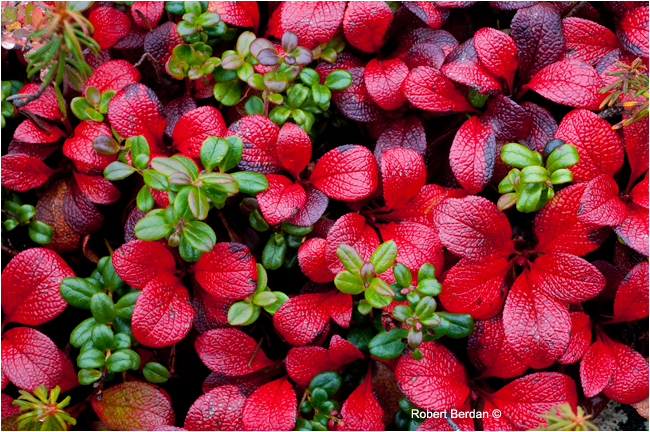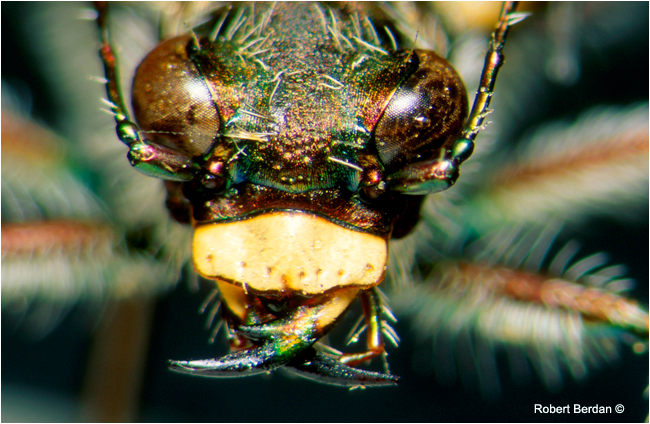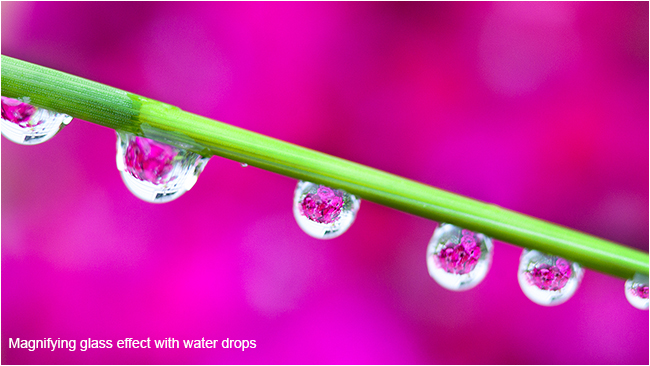
Macrophotography - Tools, Tips & Techniques for
Digital Photographers E-book

New E-book on Macrophotography. Workshop participants will receive this e-book free. E-book only $9.95 PDF format.
BEFORE YOU BUY THIS BOOK PLEASE READ THESE INSTRUCTIONS
AFTER YOU MAKE YOUR PURCHASE by PAYPAL PLEASE CLICK ON THE LINK at the bottom of the PayPal Page of your
receipt that says RETURN TO Science & Art Multimedia - the parent company for the Canadian Nature Photographer.
See imge below.

If you have a problem downloading the book email me rberdan@scienceandart.org and
I will e-mail you a direct link - I will be away from my computer between June 15 -June 30 and August 26- Sept 14 , 2014
ONLY $9.95
Note if you teach photography and would like to use my Macrophotography E-book as student notes -
please
contact me for a discount rate: rberdan@scienceandart.org
Also see the free notes and slide shows below in PDF format.
MACROPHOTOGRAPHY TABLE of CONTENTS
Choosing a Camera for Macrophotography
Compact digital cameras for macrophotography
Advantages of compact cameras
Disadvantages of compact cameras
Digital single lens reflex cameras, aka DSLRs
Things to consider when purchasing a DSLR camera for macrophotography
Camera brands
What photographers should already know
Getting started in macrophotography
Using a DSLR in macrophotography
Getting close with a DSLR
Closeup Filters
Extension Tubes
Bellows for High Magnification and Studio Work.
Macro Lenses
Teleconverters
Reverse Lens Adapter and Lens Stacking
Camera Supports
Focusing Rails
Lighting for Macrophotography
Direction of Light
Electronic Flash
Flash diffusers
Specialized flash units for macrophotography
Controlling the Background
Depth of Field in a Photograph
Focus stacking to increase the apparent depth of field
Other software & hardware for focus stacking
Summary of macrophotography techniques
Composition Basics
How to achieve unity or a sense of belonging
Proportion – golden ratio
Use of line, shape, form, and rhythm
Importance of Colour
Complimentary colour
Analogous colour
Creative Techniques for Macrophotography
Creative vignetting
Using Water to Enhance Your Subject
Magnifying Water Drop Technique
Textures and Patterns
Multiple Exposure Twirl Photography
Multiple Exposures with Nikon Digital Cameras
Insects & Spiders
Mushrooms, Lichens and Moss
Macrophotography at the Sea Shore
Summary
Additional reading
About Dr. Robert Berdan
MACROPHOTOGRAPHY WORKSHOP

Daisy at 1.0X, 2.0X, 10X - Aphid 40X, Eye of an Aphid 1000X
Objective: To provide an overview of the many tools and techniques that can be used to take macrophotographs and provide students with hands on experience in the field taking closeup photographs. The workshop will include theory for about half of the time, the other half we will be applying knowledge in the field and using various techniques to take macro-photographs. Students will be required to fufill several photography assignments. but will have plenty of freedom to chose subjects that interest them. For an outline of the topics covered see below. Students will be provided with notes and slides.
Bear Berry leaves on the Tundra 0.5X
Prerequisites: Photographers should have either a compact digital camera with macro mode or a Single Lens reflex camera with interchangeable lenses. A tripod is essential for some of the assignments, but you may be able to borrow one or use alternative supportgs e.g. bean bag. A flash is helpful but not a requirement. Film cameras can be used but the workshop will not cover film types and those shooting film will be at a disadvantage since you won't be able to see your results in the field. If students are planning to purchase additional accessories such as closeup filters, extension tubes or even a macro lens it is recommended that they wait until after the first class as they will have a better understanding fo the options available to them. If you own a macro lens or compact telephoto lens e.g. 70-300 mm bring them along. Those who own a Nikon or Canon SLR camera may try out the instructors macro lenses (with the proviso that if you drop it you bought it). The instructor will also bring along extension tubes, closeup filters and other accessories that can be tested on Nikon or Canon gear. For some of the advanced techniques such as focus-stacking a computer is required.
Tall lungworts using Creative vignetting
Instructor: Dr. Robert Berdan has been taking macro-photographs for 40 years and has used just about every tool there is including stereoscopes, microscopes and electron-microscopes in order to take close-up photographs of various specimens. Robert's work has been published in numerous magazines e.g. Outdoor Photographer, Canadian Geographic, National Geographic and in various books and science publications. His photographs have won international awards, e.g. Banff Mountain Film Festival, Maria Luisa, CPAWS and NIkon Photo Contests. Robert has been teaching photography for over 25 years and you can see examples of his work on this web site. Robert currently shoots with both Nikon and Canon equipment.
Meet Robert Berdan demonstrating how to photograph a Lady Slipper
INTRODUCTION
Macrophotography also called closeup photography involves examining and photographing subjects at half life size to about 10X life size. Macrophotography is frequently used to photograph flowers, but the techniques can be used to photograph almost anything including: insects, jewlery, cutlery, stamps, fossils, tree bark, moss, lichens, mushrooms, small animals or parts of animals. Macrophotography is more demanding than many other forms of photography because you have to hold the camera very steady hence the need for a tripod, your depth of field will become smaller the closer you get and lighting also becomes a challenge when you get very close. Many insects can move quite rapidly and flowers may not seem to be moving much until you get in close. The amazing thing about macrophotography is that you can find subject material almost anywhere and you don't have to travel long distances to explore the micro-univese at your feet. Macrophotography forces you to look more closely at things and you may be surprised at what you discover.
Tiger Beetle 10X
Date for upcoming workshops to be announced, Training is available privately anytime contact Robert Berdan for more information at: 403 247-2457 or rberdan@scienceandart.org
Photo Assignments:
1. Photograph a Flower or other plant plant at 0.5X or larger
2. Photograph and insect or other animal up close
3. Find and photograph interesting textures up -close - take at least 10 shots e.g. bark, metal, stones etc
4. Any subject but under different lighting conditions e.g. harsh, soft, side light, backlight
5. Photograph water drops up close with a reflection of some background subject
6. Photograph a subject e.g. flower using creative vignetting
The course includes a full set of Notes - Macrophotography E-book
Videos with step by step instructions
Student feedback on their images
Several Field trips to practice and learn various techniques
- Digital Photography Basics - PDF
- Macrophotography Slide Show- PDF
- Flower Photography Slide Show - PDF
- How to Photograph Flowers Notes - PDF
- Free Dragonfly Photography E-book by Vic Berardi PhotoNaturalist
Mushrooms






